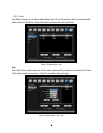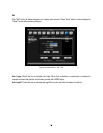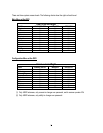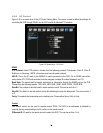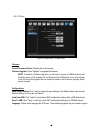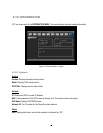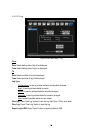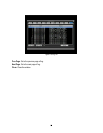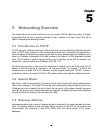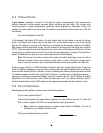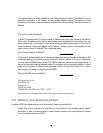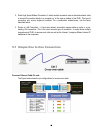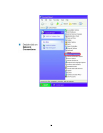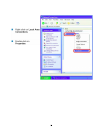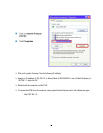
84
5 Networking Overview
This chapter will give you a basic instruction on how to set up the DVR for network connection. It is highly
recommended that you have a working knowledge of what a network is and how it works. This will be
helpful in completing the networking process.
5.1 Introduction to TCP/IP
TCP/IP is the group of protocols used by the Internet and most Local Area Networks (LANs) throughout the
world. In TCP/IP, every computer or other communications device that is connected to the network has a
unique IP address. By doing this you are giving your device a unique address similar to the address of your
house. An IP address is composed of four octets (numbers in the range of 0 to 255) separated by decimal
points. The IP address is used to uniquely identify a host or computer on the LAN. For example, one
computer on a network could have an IP address of 192.168.1.127.
You should never give two or more devices the same exact IP address, but the first three octets of an IP
address is often the same for all computers in the local area network. For example, if a total of 253
computers exist in a single LAN, the IP addresses could be assigned starting with 192.168.1.x, where x
represents a number in the range of 2 to 254. In IPP address could be compared with a telephone number.
5.2 Subnet Masks
Each host in a LAN has a subnet mask. The subnet mask is a set of octets that is used to determine which
LAN or class it belongs to. The number 255 is usually used to represent the network address portion of the
IP address and a zero is placed at the end to identify the host portion of the address. Basically the subnet
mask tells the devices how the network addresses are organized, and helps to determine which addresses
are local and which are remote (on the other side of the router).
5.3 Gateway Address
Addressees are either local or remote. A gateway address is composed of four octets separated by decimal
points. The gateway address is used to uniquely identify the device on the LAN that has access to the
communications links connecting to other LANs, WANs and/or the Internet (access to the ‘remote’
addresses).
Chapter
5



